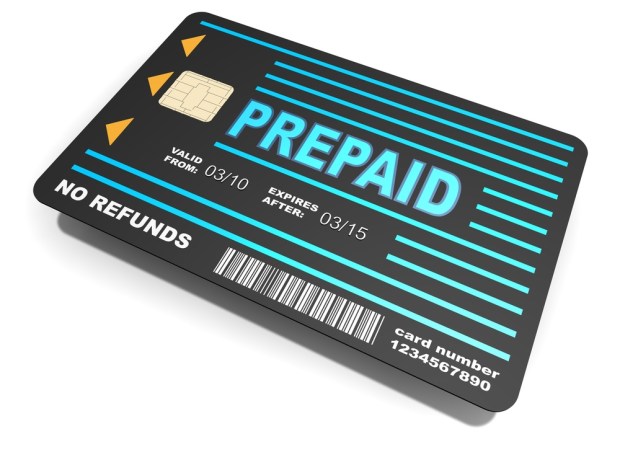Rule On Money Laundering Loophole Due To Prepaid Cards Could Get Resubmitted

A proposition back in 2011 to close a loophole that enables drug cartels to move large sums of money across boarders using prepaid cards has been delayed but is not dead.
According to a report by Reuters, the U.S. Treasury Department’s Financial Crimes Enforcement Network spokesman Stephen Hudak said the rule is being reworked and could be resubmitted in 2017. “It’s not dead,” the spokesman told Reuters.
The proposed rule called for money stored on prepaid cards to count toward the requirement on the part of the U.S. to report cross-border movement of cash that is $10,000 or more. The rule was withdrawn by the Financial Crimes Enforcement Network because of the prepaid card industry, which wasn’t happy with the rule. The industry claimed it would discourage people from using prepaid cards. Brad Fauss, president and CEO of the Network Branded Prepaid Card Association, said that implementing “onerous requirements on reloadable prepaid cards could disproportionately harm vulnerable consumers who rely on these products as their sole means of access to the financial services system.”
Law enforcement said that, because there is no rule to close the loophole, it’s hurting their efforts to fight cross-border crime, such as drug trafficking and money laundering. In 2009, the U.S. Department of Justice said up to $24 billion in cash is smuggled into Mexico every year with some of it loaded onto prepaid cards.
While prepaid cards are usually associated with being a financial tool for the unbanked, the profile of the customers using these cards is changing and changing fast. The biggest growth from the industry is coming from millennials who already have a bank account and checking account. According to Pew’s data from 2015, the use of general purpose reloadable (GPR) prepaid cards was up 50 percent, with at least 10 percent of the population using a GPR once a month at minimum. Underbanked use was static; use among checking accountholders, on the other hand, jumped from 4 percent to 7 percent.
